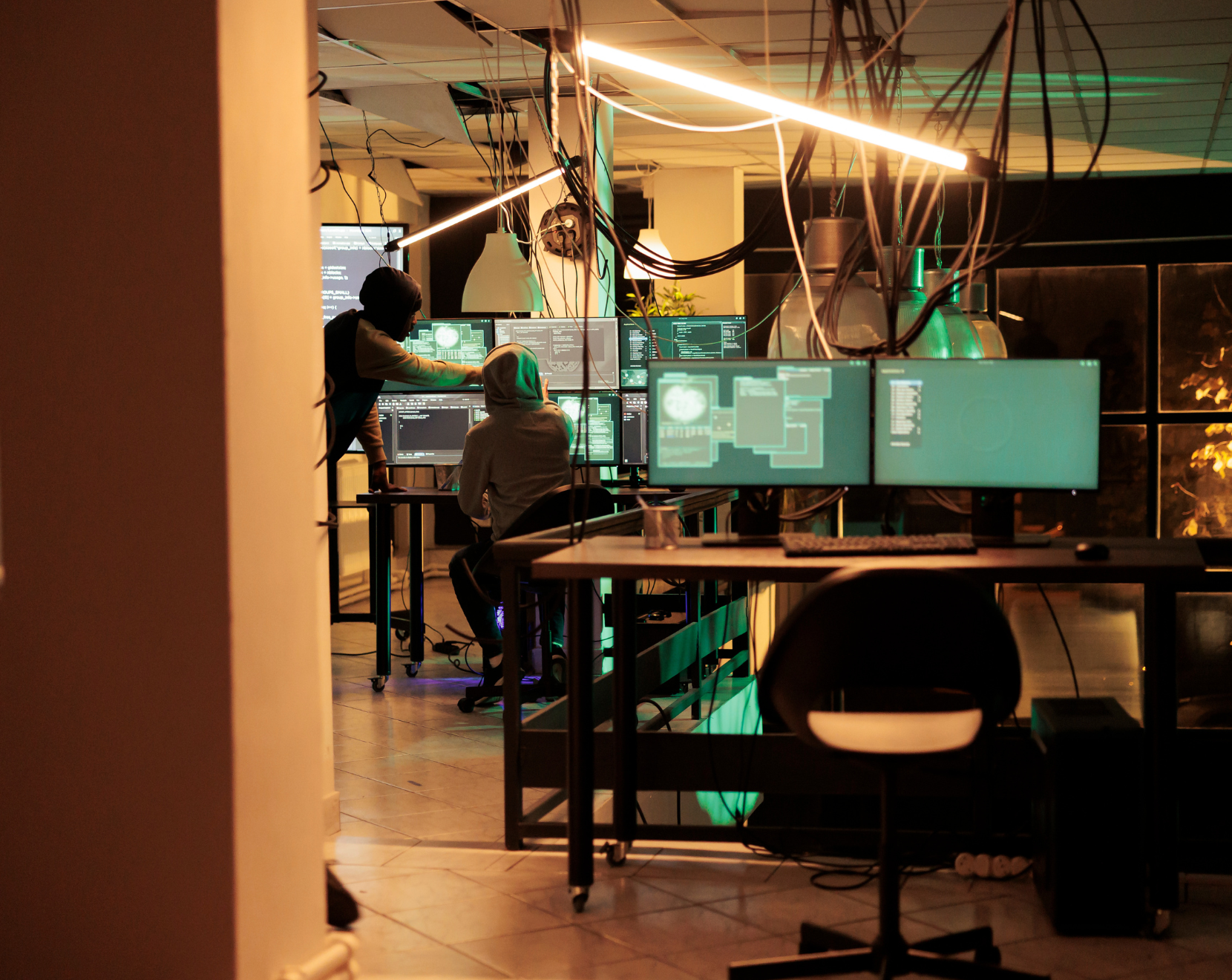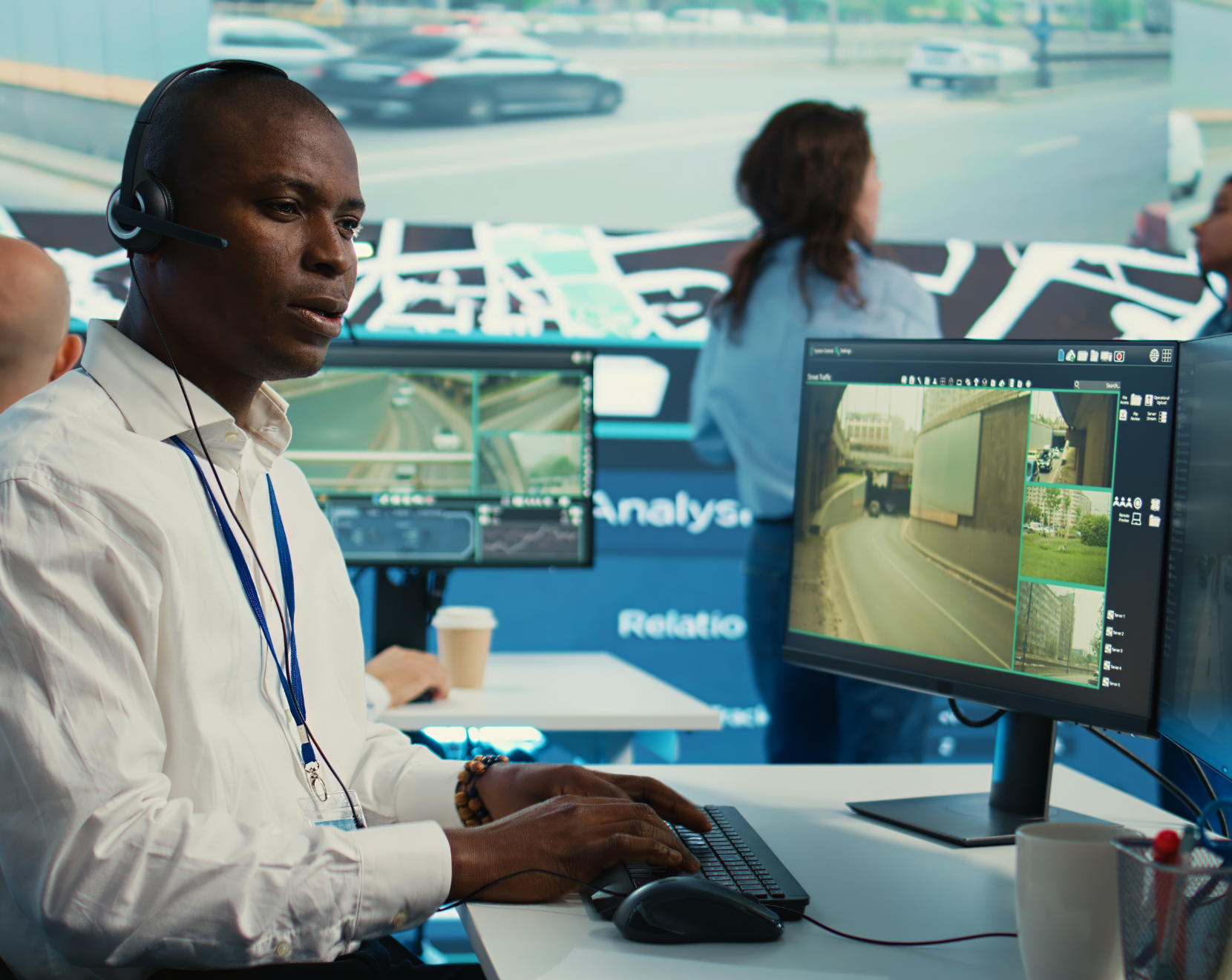The music is loud, the lights are dim, and the energy is unpredictable. In a split second, a confrontation erupts between a guest and security staff. The guest is forced to the ground and removed from the venue. For those on the floor, the moment passes quickly. But for the venue, the consequences may linger for months or even years.
The use of force inside nightlife venues is one of the most volatile flashpoints for legal claims. What happens in seconds is later dissected frame-by-frame in courtrooms, depositions, and mediation rooms. And while force is sometimes necessary, it becomes a legal hazard when it crosses the line into excess, or when it’s exercised by someone untrained, unsupervised, or undocumented.From the outside, it may look like a tough job handled under pressure. From the legal perspective, it’s a matter of rights, responsibilities, and the standard of care owed to every guest—especially those removed against their will. At the center of it all is one critical question: Was the force used reasonable under the circumstances?
What Courts Actually Examine in Use-of-Force Cases
Many venue operators believe that if a guest was disruptive or aggressive, security had every right to remove them physically. While this assumption holds some weight in operational settings, courts don’t accept it at face value. Instead, they explore how and why force was applied, what alternatives were available, and whether the staff involved were properly trained and supervised.
The law recognizes that nightlife settings are unpredictable. Guests may be intoxicated, confrontational, or noncompliant. But this unpredictability does not lower the legal standards of how force must be used. If anything, it raises the bar for preparation, de-escalation, and documentation. Courts understand chaos—but they do not excuse carelessness.
As expert witnesses, we are often tasked with explaining the nuance of how these incidents unfold. It’s not just about who threw the first punch or who was shouting louder. It’s about the sequence of decisions made by staff, the tactics employed, the proportionality of the response, and whether the venue had systems in place to avoid the outcome that occurred.
When Training Gaps Become Liability Landmines
One of the clearest patterns we observe in use-of-force litigation is the absence of structured training for security staff. Many venues assign responsibility to individuals who have experience in crowd control or past work in nightlife but haven’t received formal training in force protocols or conflict resolution.
This gap becomes critically important in court. An individual’s confidence on the job is not equivalent to legal competence. And when force is used, especially against an intoxicated guest, courts expect to see a foundation of training that guided that decision—not just instinct or habit.
In some of the most severe cases we’ve investigated, the individuals responsible for the use of force couldn’t describe any formal guidelines they were following. There were no internal documents outlining escalation procedures, no recent refresher courses, and no supervisory presence overseeing the event. This absence doesn’t just hurt the defense—it often defines it.
When venues fail to prepare their staff for these high-stakes moments, they send them into volatile situations with no roadmap. The consequences are often written not in the heat of the moment, but in the lawsuit that follows.
Memory Versus Evidence
Force-related incidents often happen quickly. Adrenaline clouds perception. Witnesses disagree. And when the dust settles, the version of events that survives isn’t always the one that’s accurate—it’s the one that’s best documented.
Surveillance footage, radio logs, and incident reports become the primary evidence. But too often, that evidence is incomplete. Cameras miss angles. Reports are vague or written long after the fact. Key details go undocumented. And once the opportunity to capture those facts is lost, it’s difficult—if not impossible—to reconstruct them with accuracy.
We’ve worked on cases where footage clearly showed the outcome but offered no context. A guest was on the ground, but the actions leading up to it were blocked from view. In those moments, we’re called upon to analyze not just what’s visible, but what was likely based on security protocol, staff positioning, and the physical layout of the venue.
This work is delicate and critical. Because when opposing attorneys build a narrative around excessive force, a lack of reliable evidence often tips the scale in their favor. Without strong documentation, the venue is left with assumptions—and courts are less forgiving when injuries are involved.


Disproportionate Response and the Optics of Overreaction
The concept of proportionality sits at the heart of use-of-force evaluations. Force might be justified, but that doesn’t mean it’s justified in every degree. A verbal disagreement doesn’t warrant physical removal unless there’s clear threat. A non-compliant guest doesn’t justify injury unless they were endangering others.
Yet in many venues, these lines are blurred—especially when tempers run high and staff feel pressure to resolve situations quickly. In that rush, what begins as control can spiral into escalation. And when jurors later watch those moments unfold on video, they often focus not on what caused the event, but how it was handled.
Optics matter. A takedown that feels routine to staff may look aggressive and excessive to the court. A shove that security thought was harmless may appear violent to a jury—particularly when the patron involved suffers injury or distress.
In those moments, perception becomes reality. And unless the venue has trained its staff to think about perception before action, it can be very difficult to walk back the impression that what occurred was more than it needed to be.
Why One Incident Can Change Everything
A single use-of-force incident, particularly one involving injury, can redefine how a venue is viewed by the community, the courts, and the industry. It can lead to legal claims, lost licenses, revoked insurance, and irreparable harm to the brand. And it rarely matters whether the incident was typical or extreme—what matters is how it was perceived, handled, and justified after the fact.
We’ve seen venues lose far more in settlement costs, legal fees, and regulatory backlash than they ever expected—simply because a moment of force was left unaddressed or unexplained. And more often than not, the mistake wasn’t in the moment itself—it was in everything that preceded it: the hiring, the training, the documentation, the oversight.
As expert witnesses, we’re brought in to look at those layers. We assess whether the venue’s protocols were consistent with industry norms. We evaluate whether staff had the tools to make the right decision. We explain whether the action taken reflected reasonable behavior—or avoidable escalation.
Our findings often guide not only courtroom outcomes but operational reforms. Because when a venue truly understands where force crossed the line, it gains the ability to prevent it from happening again.
When Split-Second Decisions Have Long-Term Consequences
Security professionals working in nightlife environments are expected to make rapid decisions under pressure. In a crowd, with loud music and unpredictable guest behavior, there’s little time to reflect. The expectation is action. But when that action results in harm, the law steps in to ask whether it was the right action—and whether it could have been avoided.
These are not hypothetical questions. Courts are deeply concerned with how decisions are made, especially in the seconds before physical contact is initiated. If the only reason for force is that a guest didn’t respond quickly enough to a command, or didn’t leave the premises on the first request, those decisions are carefully scrutinized. If no serious threat was present, and no verbal strategy was attempted, it becomes harder to argue that force was necessary at all.
What’s often missing in these moments is structure. Without a written use-of-force continuum or clear internal policy, staff rely on what they feel is appropriate. But gut feelings are not a defense. Once a case goes to trial, every movement, word, and response is analyzed in hindsight. Courts look for more than just the outcome—they want to understand the thinking behind it.
This is why proper training and scenario-based preparation are not luxuries. They are legal assets. When we evaluate these cases as expert witnesses, we’re often reconstructing decision pathways. We examine whether the choices made in the moment align with professional standards. We look at whether the environment was managed in a way that allowed for alternatives to force. And if not, we explain how the outcome might have been different if the right systems had been in place.
Accountability Doesn’t End With the Individual
In many venues, when a force incident occurs, the immediate focus turns to the person involved—usually a bouncer or floor security staffer. Internal reviews center on what they did, how they acted, whether they were out of line. But in a legal context, responsibility rarely stops there. It stretches upward, reaching supervisors, managers, ownership, and corporate policy.
Venue leadership is expected to create conditions where safe, reasonable decisions are not just possible, but expected. If those conditions are lacking—if training is inconsistent, if documentation is sloppy, if leadership is absent—the responsibility shifts. Courts understand that individuals act based on the systems that support them. When those systems are weak, the venue itself becomes the focus.
We’ve been involved in cases where a single employee’s use of force sparked not just a personal injury claim but a full investigation into the venue’s hiring practices, training records, and past incidents. In some instances, multiple cases emerged from a pattern of poor oversight—one incident revealing others that had gone unreported or unresolved.
When a venue takes ownership early and transparently, it often changes the tone of litigation. But when venues deflect, deny, or isolate blame without acknowledging system-level gaps, it reinforces the perception that negligence is not only present—it’s ongoing.
Our expert analysis helps courts and attorneys understand these distinctions. We map the structure behind the decision. And in doing so, we often expose not just what went wrong, but why it was likely to happen again.
Why Force Isn’t Just Physical—It’s Legal
Use of force is often thought of as a physical act: a restraint, a push, a takedown. But from a legal perspective, force is also procedural. It’s about whether rights were respected, whether risks were understood, and whether the individual on the receiving end of the action was treated with a degree of care that the law demands—even when they’re being removed.
This is especially important in cases involving vulnerable individuals. When a patron is intoxicated, impaired, or visibly struggling, the standard of care changes. What might be considered reasonable for a combative guest might not apply to someone who is confused, slow to respond, or physically unstable. Staff must be trained not only in the mechanics of physical removal but in the situational awareness that tells them when those mechanics could lead to unintended harm.
As expert witnesses, we’re often asked to weigh in on whether the level of force used matched the condition of the guest. That’s a more complex analysis than many realize. It involves physical evidence, behavioral cues, staff statements, and medical reports. But it also involves evaluating whether the venue had procedures in place to guide staff in those exact moments.
When they don’t, the force used—even if brief or seemingly minor—can cross a legal threshold. And once that line is crossed, the burden shifts to the venue to explain why it wasn’t avoided.









